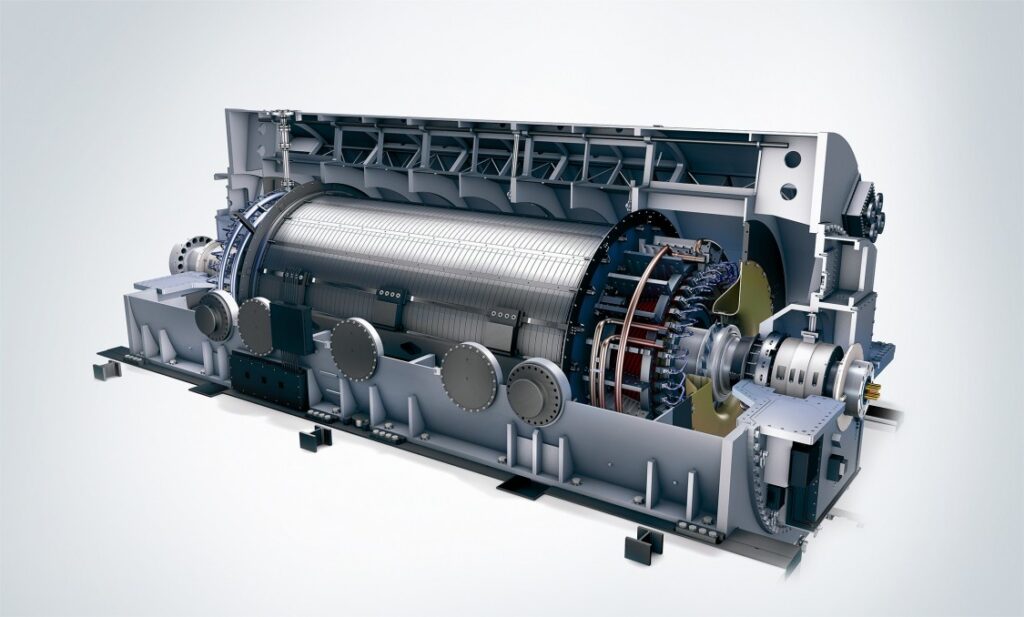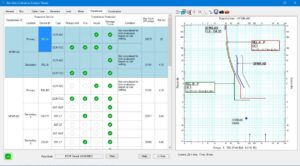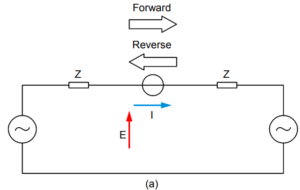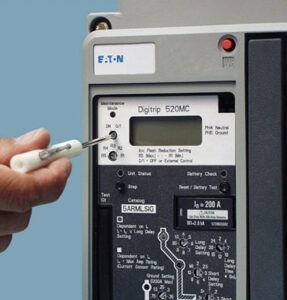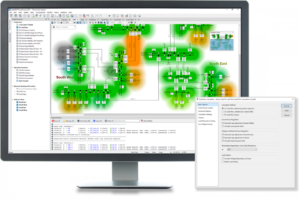General
The magnitude of generator fault current is a function of the armature and field characteristics. It is also a function of time, and the loading conditions immediately preceding the fault.
The characteristics of the excitation system determines the ability of the generator to sustain a fault current.
Generator Decrement Curve
Some excitation systems do not have the ability to sustain the short-circuit current.
The magnitude of fault current decays by the sub-transient, transient and steady-state reactance, as determined by their respective time constants.


The excitation systems of round (or cylindrical) rotor generators, typically two-pole machines above 10 MVA, have the capability to support a sustained three-phase fault current corresponding to the current limited by transient reactance for a period of several seconds.
These machines may have a brushless excitation system. Some units equips a static exciter using slip rings to obtain its excitation energy from both generator potential transformers and current transformers (CTs).
Salient-pole machines are typically capable of supporting a fault current at 300% of generator full-load current.
Such units typically have a brushless exciter. These exciter delivers three-phase ac to rotating rectifiers, connected directly to the field.
Excitation energy to the exciter field is supplied to maintain the maximum fault-current magnitude.
Types of Excitation System
Four basic types of excitation systems are used to control the output of ac machines:
A. DC generator-commutator exciter

B. Alternator-rectifier exciter with stationary rectifier system

C. Alternator-rectifier exciter with rotating rectifier system

D. The static excitation system


